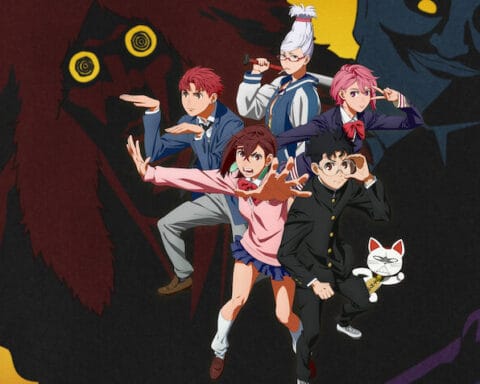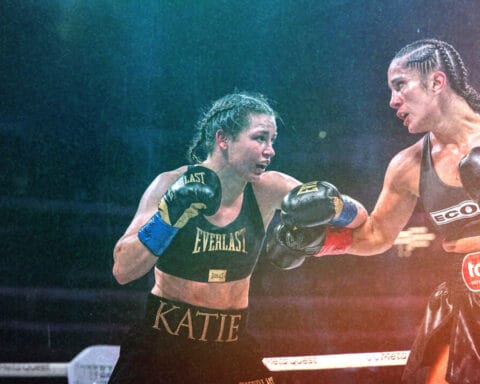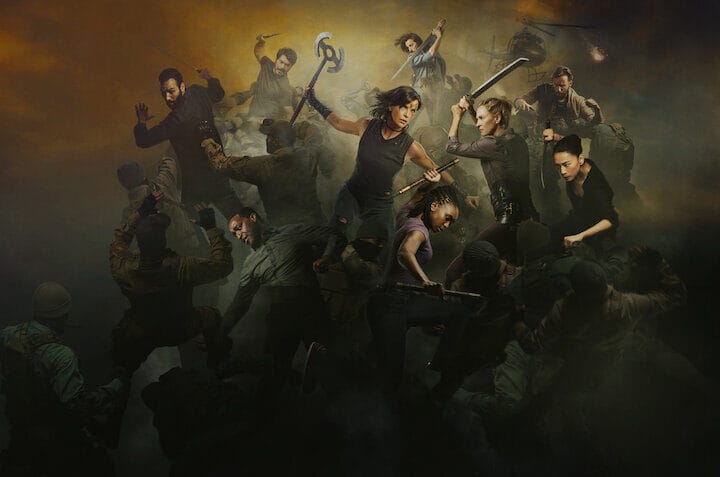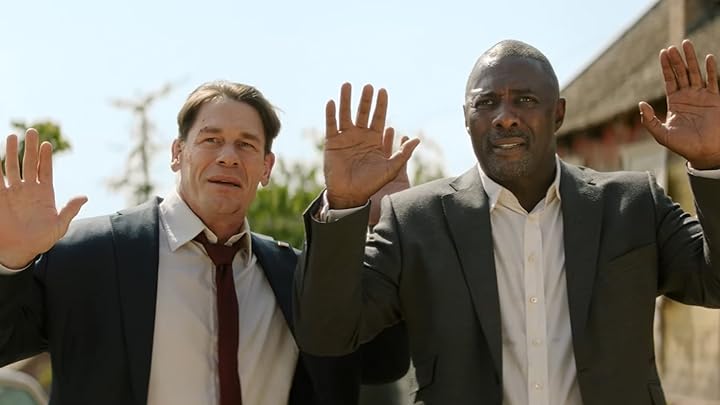American cinematography has undergone more changes than one throughout time.
Cinematography refers to the use of light, technology, and angled technique to portray perception in films. Perception plays a large role in the art of cinematography, and visual depiction is key in portraying the story to the audience in the most imaginative way possible.
The transition follows the development of technology and specific technique to play on the narrative that the audience sees.
How has the evolution of cinematography over the years responded to changing society? Motion, light, and shot duration have all been adjusted throughout the years to play to the liking of a modern audience.
For example, given that society’s constant exposure to multi-media has continually increased, it’s been necessary to tailor shot durations to tap into evolved attention spans. This has resulted in average shorter shot durations.
This shorter shot duration captures the attention of the audience to keep them engaged throughout the film.
Another cinematographic change is related to captured light and color of films. Nowadays, it’s possible to adjust the color, saturation, brightness, and shadows of shot takes. All of this allows filmmakers to portray the right mood and theme of the film.
Besides these technological developments, the influence of American cinematography on society has also evolved.
What influence has American cinematography had throughout the century?
Namely, the crux of American cinematography has responded to social and political matters. This was first seen in the political influence Hollywood had during its Golden Age.
In this era, Hollywood wasted no time getting together films to highlight the political turmoil during World War I. The major film studios of Hollywood churned out informational reels pushing political propaganda. These films covered military recruitment and training; they also intended to boost national morale.
The political influence of American cinematography has persisted throughout the century. In recent years, director Jordan Peele is worth mentioning. His two recent notable films include Get Out and Us.
It’s unfair to classify his films as simply horror films; the underlying political commentary behind them surpasses their respective genre. In these films, the crucial elements of horror revolve around moral and political turmoil.
For example, the portrayal of the characters in these films transcend typical racial and social class stereotypes. This is highlighted by the heavy use of point-of-view shots in Get Out, which directly place the audience in front of the characters.
In addition, the mild gore presented in Us is used to further develop the characters.
These cinematographic tools affect the perception of horror because they instill a certain discomfort that is reflective of the truth. In other words, the horror depicted in the films aren’t over when the film ends; they are etched into American society.
Without a doubt, the evolution of American cinematography has responded to society and technology to continue to push forth its immense influence.









